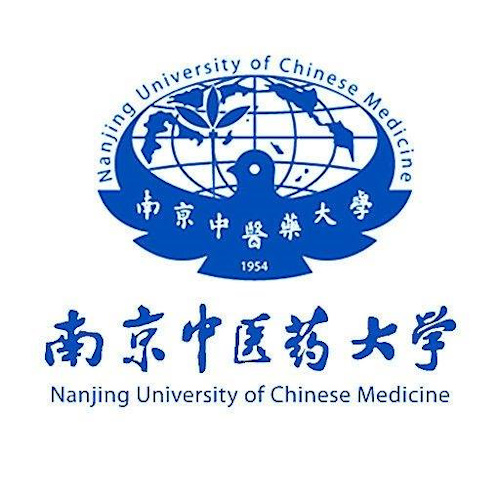The pursuit of extending human lifespan has captured scientific interest for decades. Central to this quest is the telomerase reverse transcriptase (TERT) gene, which plays a critical role in maintaining telomere length. Telomeres, protective caps at chromosome ends, shorten with each cell division, contributing to ageing. A recent study explored the effects of targeted TERT overexpression using a novel gene knock-in model in mice, unveiling its potential to boost longevity and repair tissue damage.
Why Telomerase Matters
Telomerase is an enzyme that preserves telomeres, ensuring genomic stability during cell division. While telomerase is naturally active in stem cells and germ cells, its activity is suppressed in most somatic cells. This suppression limits cellular longevity but reduces cancer risks. Previous studies demonstrated that introducing TERT in human cells extends telomeres and cellular lifespan without inducing malignancy. This groundbreaking research builds on these findings by developing a genetically modified mouse model.
Creating TERT Knock-In Mice
The researchers employed cutting-edge gene editing techniques to insert the mouse TERT (mTert) gene into the Rosa26 locus of embryonic stem (ES) cells. They used the elongation factor 1-alpha (EF1α) promoter to ensure stable, high TERT expression across generations. This method minimised risks associated with random integration, enhancing safety and precision. The genetically engineered mice, termed TertKI, inherited the TERT gene through successive generations without adverse effects.
Longevity and Beyond
Enhanced Longevity
TertKI mice exhibited a remarkable 27.48% increase in maximum lifespan compared to wild-type counterparts. The median lifespan also extended by 16.57%. This consistent trend across multiple generations underscores the robust impact of TERT overexpression on longevity. Intriguingly, female TertKI mice showed a slight edge in lifespan over males, although the difference lacked statistical significance.
Improved Damage Repair
The study revealed significant enhancements in wound healing and tissue regeneration among TertKI mice. For instance:
- Faster Skin Healing: Wounds in TertKI mice healed more rapidly than in controls. Histological analysis confirmed reduced inflammation and earlier collagen remodeling.
- Intestinal Recovery: When subjected to dextran sodium sulfate (DSS)-induced colitis, TertKI mice demonstrated better colon repair, with less inflammation and faster recovery of mucosal integrity.
Resilience Against Cellular Damage
TertKI mice exhibited heightened resistance to oxidative stress, a major contributor to ageing. The liver tissues showed increased levels of glutathione (GSH) and superoxide dismutase (SOD), two key antioxidants. This enhanced antioxidant capacity likely contributed to their prolonged lifespan and improved health.
Addressing Safety Concerns
A primary concern with telomerase activation is its potential link to cancer. Elevated telomerase activity is common in malignant cells, raising fears that TERT overexpression might induce tumorigenesis. However, this study provided reassuring evidence:
- TertKI mice showed no significant increase in spontaneous tumor formation over their lifespans.
- Biomarker analyses for cancer indicators, such as CA72-4 levels, revealed no abnormalities.
- Even under chronic stress from urethane exposure, the cancer risk remained limited to specific contexts, such as accelerated lung cancer progression.
Mechanisms Behind the Benefits
The researchers explored molecular mechanisms to explain the observed benefits of TERT overexpression:
- Telomere Maintenance: TertKI mice exhibited elongated telomeres in vital organs, reducing the likelihood of genomic instability.
- Antioxidant Boost: Elevated GSH and SOD levels mitigated oxidative stress, a hallmark of ageing.
- Regulated Inflammation: TertKI mice demonstrated quicker resolution of inflammatory responses during tissue repair, preventing prolonged damage.
- Downregulated p53 Expression: The reduced levels of p53, a tumor suppressor, likely contributed to enhanced cellular repair without compromising genomic integrity.
Future Directions: Translational Potential
While the findings in TertKI mice are promising, translating these results to humans remains challenging. Differences in telomerase regulation between species necessitate caution. Additionally, long-term safety must be rigorously assessed to avoid unintended consequences, such as increased cancer susceptibility.
Emerging technologies, like telomerase-activating compounds (TACs), offer a non-genetic alternative. These compounds stimulate endogenous TERT expression, mimicking the benefits observed in TertKI mice. Combining TACs with other anti-ageing interventions could pave the way for comprehensive therapies targeting ageing and age-related diseases.
The TERT knock-in study highlights a promising path toward extending lifespan and improving healthspan through genetic interventions. By enhancing telomere maintenance, promoting tissue repair, and bolstering antioxidant defenses, TERT overexpression demonstrated remarkable potential in combating ageing.
However, translating these findings into safe, effective therapies for humans will require careful optimisation and continued research. This work brings us closer to unraveling the molecular keys to longevity and offers hope for a healthier, extended life.
The study is published in the journal Aging Cell by researchers from Nanjing University of Chinese Medicine.






